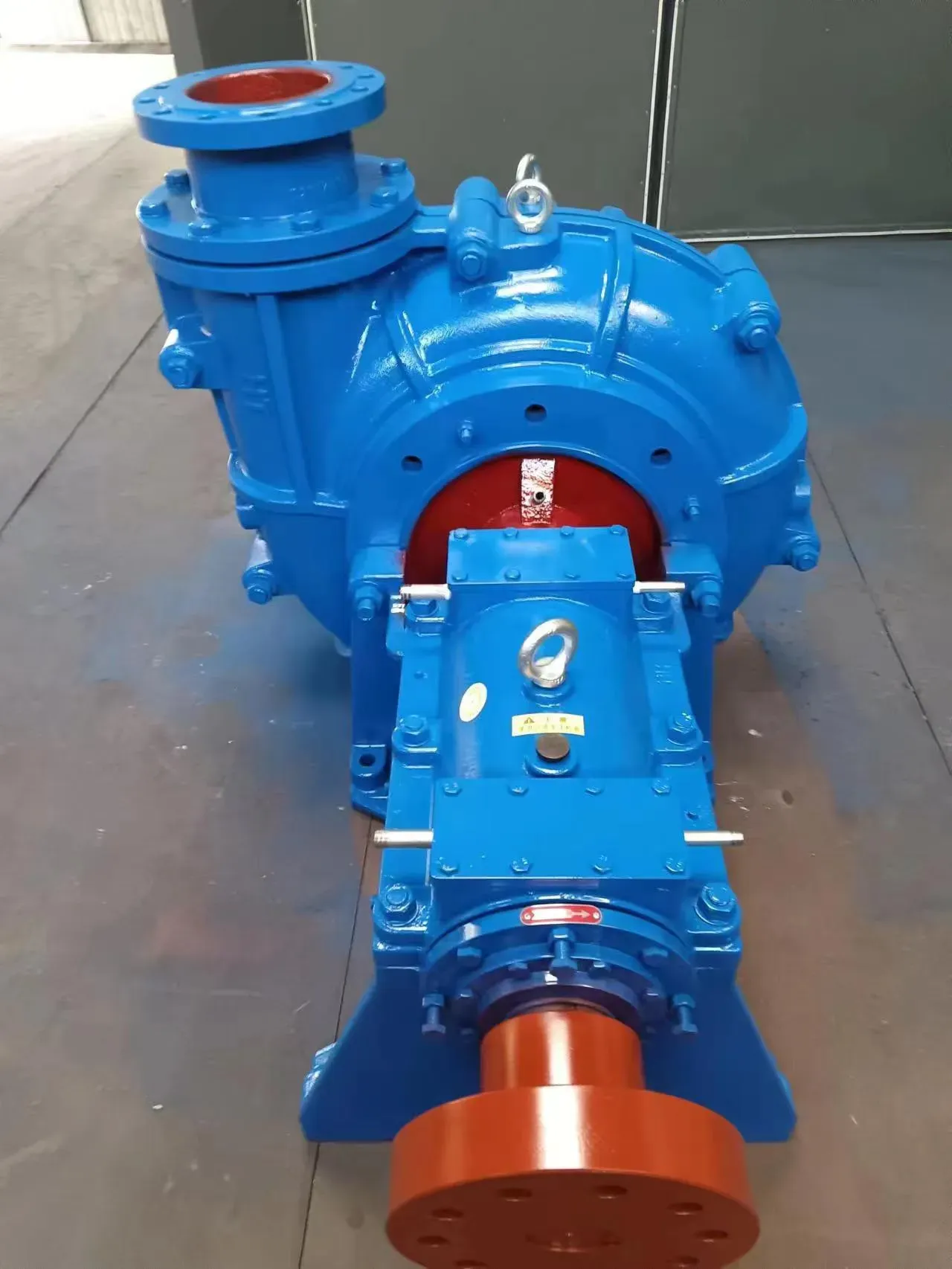English
- Afrikaans
- Albanian
- Amharic
- Arabic
- Armenian
- Azerbaijani
- Basque
- Belarusian
- Bengali
- Bosnian
- Bulgarian
- Catalan
- Cebuano
- Corsican
- Croatian
- Czech
- Danish
- Dutch
- English
- Esperanto
- Estonian
- Finnish
- French
- Frisian
- Galician
- Georgian
- German
- Greek
- Gujarati
- Haitian Creole
- hausa
- hawaiian
- Hebrew
- Hindi
- Miao
- Hungarian
- Icelandic
- igbo
- Indonesian
- irish
- Italian
- Japanese
- Javanese
- Kannada
- kazakh
- Khmer
- Rwandese
- Korean
- Kurdish
- Kyrgyz
- Lao
- Latin
- Latvian
- Lithuanian
- Luxembourgish
- Macedonian
- Malgashi
- Malay
- Malayalam
- Maltese
- Maori
- Marathi
- Mongolian
- Myanmar
- Nepali
- Norwegian
- Norwegian
- Occitan
- Pashto
- Persian
- Polish
- Portuguese
- Punjabi
- Romanian
- Russian
- Samoan
- Scottish Gaelic
- Serbian
- Sesotho
- Shona
- Sindhi
- Sinhala
- Slovak
- Slovenian
- Somali
- Spanish
- Sundanese
- Swahili
- Swedish
- Tagalog
- Tajik
- Tamil
- Tatar
- Telugu
- Thai
- Turkish
- Turkmen
- Ukrainian
- Urdu
- Uighur
- Uzbek
- Vietnamese
- Welsh
- Bantu
- Yiddish
- Yoruba
- Zulu
Telephone: +86 13120555503
Email: frank@cypump.com
Oct . 19, 2024 12:33 Back to list
sewage ejector pump
Understanding Sewage Ejector Pumps An Essential Component in Waste Management
A sewage ejector pump is a vital piece of equipment designed to handle the challenges associated with the disposal of wastewater from areas below the municipal sewer line or where gravity drainage is not feasible. These pumps play a crucial role in residential and commercial plumbing systems, ensuring that waste is efficiently transported to municipal treatment facilities.
How Sewage Ejector Pumps Work
Sewage ejector pumps are typically installed in a specially designed basin that collects wastewater from various plumbing fixtures like toilets, sinks, and washing machines. When the water level in the basin rises to a certain point, the pump activates automatically. It uses a powerful motor to discharge the wastewater through pipes leading to the main sewer line. The waste is pumped at a pressure sufficient to overcome the gravitational pull and navigate through any bends in the piping system.
Key Features and Components
A sewage ejector pump consists of several essential components
1. Pump Housing This is the outer casing that protects the internal parts of the pump and provides structural integrity. 2. Impeller The impeller is a rotating component that helps to increase the velocity of the wastewater, pushing it through the discharge line.
3. Float Switch This mechanical switch monitors the water level in the basin. When the water level rises, the float switch signals the pump to turn on.
5. Check Valve A one-way valve that prevents the backflow of wastewater when the pump is off, ensuring efficient operation and protecting the pump from damage.
sewage ejector pump

Advantages of Using Sewage Ejector Pumps
1. Gravity-Defying The primary advantage of a sewage ejector pump is its ability to move waste upwards to a sewer line that is located at a higher elevation, making it essential in basements or lower-level bathrooms where gravity drainage is not possible.
2. Space-Saving These pumps require minimal space compared to traditional gravity-based systems, allowing for more flexible bathroom designs and layouts.
3. Versatility Sewage ejector pumps are suitable for various applications, including residential homes, commercial buildings, and even in certain industrial settings. They can handle everything from laundry wastewater to sewage from toilets.
4. Cost-Effective Although the initial installation may require investment, the long-term savings are significant, as these systems are relatively low-maintenance and can avoid costly sewage system issues.
Maintenance Considerations
While sewage ejector pumps are generally reliable, regular maintenance is essential to ensure they operate efficiently. Homeowners should inspect the pump periodically for any signs of wear, blockage, or mechanical failure. It's also advisable to schedule a professional check-up every few years to ensure the pump's longevity. Common maintenance tasks include cleaning the basin, testing the float switch, and examining the discharge piping for any signs of damage.
Conclusion
In summary, sewage ejector pumps play an indispensable role in modern waste management systems, especially in situations where gravity drainage is not an option. By understanding how these pumps work, their benefits, and the importance of regular maintenance, homeowners can make informed decisions regarding their plumbing systems. Investing in a quality sewage ejector pump not only enhances the functionality of a home but also contributes to a more efficient and effective wastewater management process. Whether for a new home construction or a basement remodel, these pumps are a reliable solution for waste disposal challenges.
-
Horizontal Split Case Pump with GPT-4 Turbo | High Efficiency
NewsAug.01,2025
-
ISG Series Pipeline Pump - Chi Yuan Pumps | High Efficiency, Durable Design
NewsAug.01,2025
-
Advanced Flue Gas Desulfurization Pump with GPT-4 Turbo | Durable & Efficient
NewsJul.31,2025
-
ISG Series Vertical Pipeline Pump - Chi Yuan Pumps | Advanced Hydraulic Design&Durable Construction
NewsJul.31,2025
-
ISG Series Vertical Pipeline Pump - Chi Yuan Pumps | Energy Efficient & Low Noise
NewsJul.31,2025
-
pipeline pump - Chi Yuan Pumps Co., LTD.|High Efficiency&Low Noise
NewsJul.31,2025










